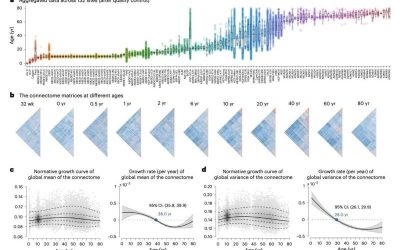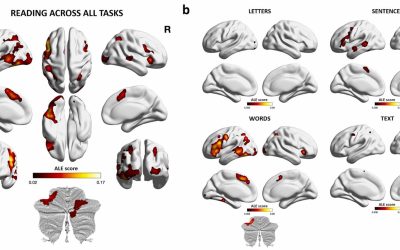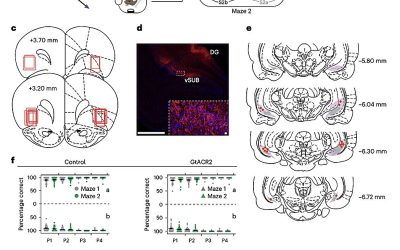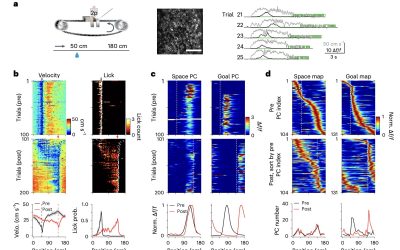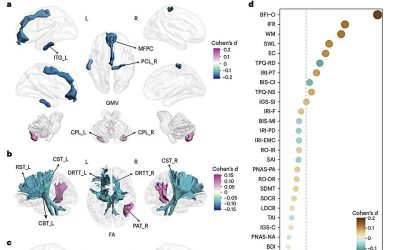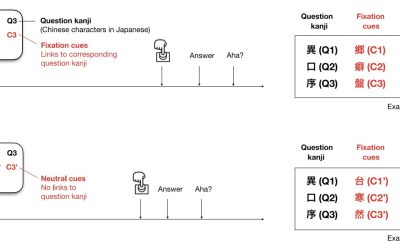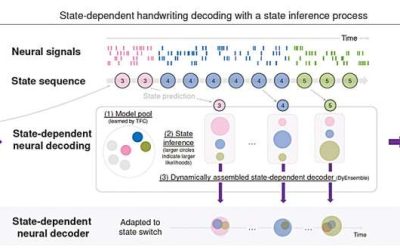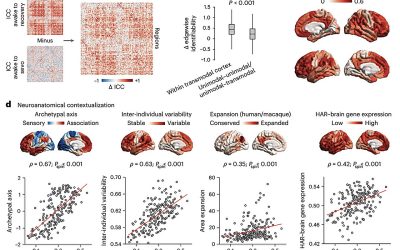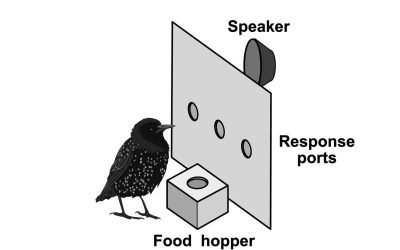From birth to the last moments of life, the human brain is known to change and evolve significantly, both in terms of its physical organization (i.e., structural connectivity) and the coordination between different brain regions (i.e., functional connectivity)....
Neuroscience
A comprehensive look at what happens in the brain when we’re reading
Reading is a highly valuable skill that allows humans to acquire new knowledge, pursue an education and complete a wide range of real-world tasks. Many past psychology and neuroscience studies set out to better understand the neural underpinnings of reading and the...
Parallel activity in orbitofrontal cortex and hippocampus shapes cognitive maps and schemas, study suggests
As humans and other animals navigate their surroundings and experience different things, their brain creates so-called cognitive maps, which are internal representations of environments or tasks. These mental maps are eventually generalized into schemas, frameworks...
How experience shapes hippocampal place cell activity to create flexible cognitive maps
The mammalian brain is known to produce mental representations of the spatial environment, known as cognitive maps, that help humans and animals navigate their surroundings. A subpopulation of neurons in the CA1 area of the hippocampus, which are referred to as place...
Study explores the impact of growing up without siblings on the brain and behavior of adults
Statistics suggest that the size of families in many countries is shrinking and a growing number of parents worldwide either willingly or unwillingly end up only having one child. While many psychology studies have explored the differences between individuals who have...
Understanding the ‘aha’ moment: Study suggests insight involves exploring greater distances within a solution space
When humans are trying to grasp a complicated concept or solve a problem, they might suddenly feel like they have gained a deeper understanding or think of something they had not thought of before. This type of 'aha' moments, broadly referred to as 'insight', can play...
New insight into how the human motor cortex encodes complex handwriting
Compared to other animal species, humans can plan and execute highly sophisticated motor tasks, including the ability to write complex characters using their hands. While many past studies have tried to better understand the neural underpinnings of handwriting and...
Neuron groups in mice spinal cord found responsible for encoding different types of pain
Humans and other animal species can experience many types of pain throughout the course of their lives, varying in intensity, unpleasantness and origin. Several past neuroscience studies have explored the neural underpinnings of pain, yet the processes supporting the...
General anesthesia reduces uniqueness of brain’s functional ‘fingerprint,’ study finds
Past psychology research suggests that different people display characteristic patterns of spontaneous thought, emotions and behaviors. These patterns make the brains of distinct individuals unique, to the point that neuroscientists can often tell them apart based on...
How perceptions are influenced by expectations: Songbird study draws parallels with human speech processing
Past neuroscience and psychology studies have shown that people's expectations of the world can influence their perceptions, either by directing their attention to expected stimuli or by reducing their sensitivity (i.e., perceptual acuity) to variations within the...

